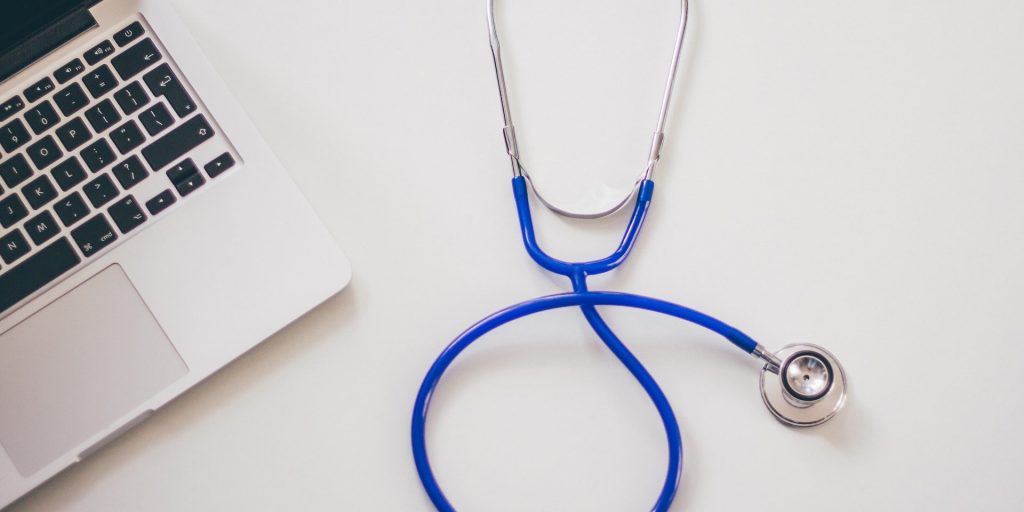Why health care should never go “back to normal”
Throughout the COVID-19 pandemic, there has been an overwhelming focus on “getting back to normal.” Our collective desire to return to normalcy was evident just a few weeks ago when the CDC issued updated guidance on mask wearing for vaccinated individuals. State and local governments immediately began dropping mask mandates, reflecting a desire to go back to the way things used to be.
But while it’s understandable that people want to get back to living their lives, some things should never revert to the way they were pre-COVID. Health care is one of those things.
Exposing inequities
The pandemic exposed chasm-like inequalities in our public health system. Predominantly non-white, lower income areas were hardest hit, with COVID-19 death and infection rates substantially higher than in white middle class areas.
There’s also inequality when it comes to trust in public health care services. Ask someone who is privileged enough to work from home and engage in telehealth visits with their fully insured health care provider about their trust in the health care system. Then, ask a person living in a homeless shelter the same question. You’ll likely get two totally different responses.
While we always knew these inequalities existed below the surface, the pandemic has unearthed them. We cannot and should not cover them back up. Instead, we should face them head on and do what we can to make things better than they were before.
It turns out we have the tools to do just that.
Closing the gap
Just as COVID-19 exposed health care’s dark underbelly, it also gave rise to technical innovations that will prove indispensable as state and local governments emerge from the pandemic. For instance, the cloud made telehealth a viable option for people who were unable to visit their physicians in person. Meanwhile, data analytics became a core tenet of federal, state and local governments’ efforts to stem the COVID-19 tide, from identification and tracking of COVID-19 hotspots, to vaccination development, distribution and more.
We have a golden opportunity to leverage both technologies to close the health care gaps that exist between different races and across income levels. With the right data—shared amongst state and local agencies—we can identify areas of need and target those areas with personalized telehealth services that make an immediate impact on people’s lives.
For example, state and county social services offices and public health departments routinely collect data pertaining to social informants of health in their areas. The information they compile is used to assess vulnerable populations and chronic disease indicators, among other factors.
Sharing this data between offices can help state and local governments target telehealth services to at-risk individuals—for instance, people living in a homeless shelter. Perhaps each shelter is given an iPad that can be set up in a private area for residents to use whenever they needed to visit a doctor. That’s a simple and cost-effective solution that brings health care to the homeless, allowing them to get the care they need where they want it.
Building trust
Unfortunately, many state and local organizations do not proactively share their data, opting instead to house information in silos. There are different reasons for this, the primary one being privacy implications.
But these concerns can be alleviated through the creation of data governance frameworks that build trust amongst state and local agencies. Data governance frameworks define the rules that govern data management, including storage, security and access rights. With a framework in place, organizations have a legally binding agreement that ensures data will be shared and managed appropriately.
The success of Virginia’s Framework for Addiction Analysis and Community Transformation (FAACT) program is highly dependent on a data governance framework that was established between various state and local agencies. With FAACT, agencies share data to help combat the commonwealth’s opioid epidemic. Through a combination of predictive analytics and data visualization, local leaders can proactively respond to the crisis.
This program could be easily adapted to meet general health care needs in lower income areas. Local community advocates can use data to determine which neighborhoods need the most help. They can then target these communities in many ways. Perhaps that means delivering iPads to shelters, setting up vaccination clinics within local shelters or community centers, or hiring and training health care education councilors from within the communities that they serve.
Restoring trust
It’s not enough to engender trust among state and local agencies. It’s just as important—perhaps even more so—to restore trust in public health amongst many of the people who are most at risk, not just for COVID-19, but other illnesses as well.
Research has shown that trust eroded during the pandemic. A recent survey revealed only 34 percent of Americans gave the public health system a positive rating in 2021. Nurses, doctors and health care workers were considered more trustworthy than public health institutions and agencies—not too surprising, since most people consider their physicians to be unbiased sources they have personal connections with. Thus, restoring trust in the system must begin with supporting individual health care providers and giving them tools and information they can use to give their patients the best service.
This goes back to cultivating high-quality data and sharing it amongst different state and local agencies to get a better and more complete picture of how an illness, COVID-19 or otherwise, affects people. The data allows national agencies like the CDC to make recommendations that filter down to state and local organizations and, ultimately, to physicians and nurses. They can then make the right recommendations to their patients, solidifying the trust between patients and providers and hopefully helping restore trust in the system.
So, the next time someone says, “let’s get back to normal,” understand that normal is what led to the challenges we’re trying to solve today. Instead of going back, let’s move forward and innovate to bring health care directly to those who need it and reduce endemic inequities.
As the senior director at Qlarion, Lyd Paull-Flores oversees the FAACT (Framework for Addiction Analysis and Community Transformation) platform that allows data to be shared and compiled across government agencies to address complex social determinants of health by identifying need and opportunity for public health and public safety programs as well as the rapidly growing health care practices portfolio. Paull-Flores has 15 years of experience using analytics to drive process improvement programs across the health care continuum and has worked at various organizations including Stanford Healthcare and Massachusetts General Hospital.




















